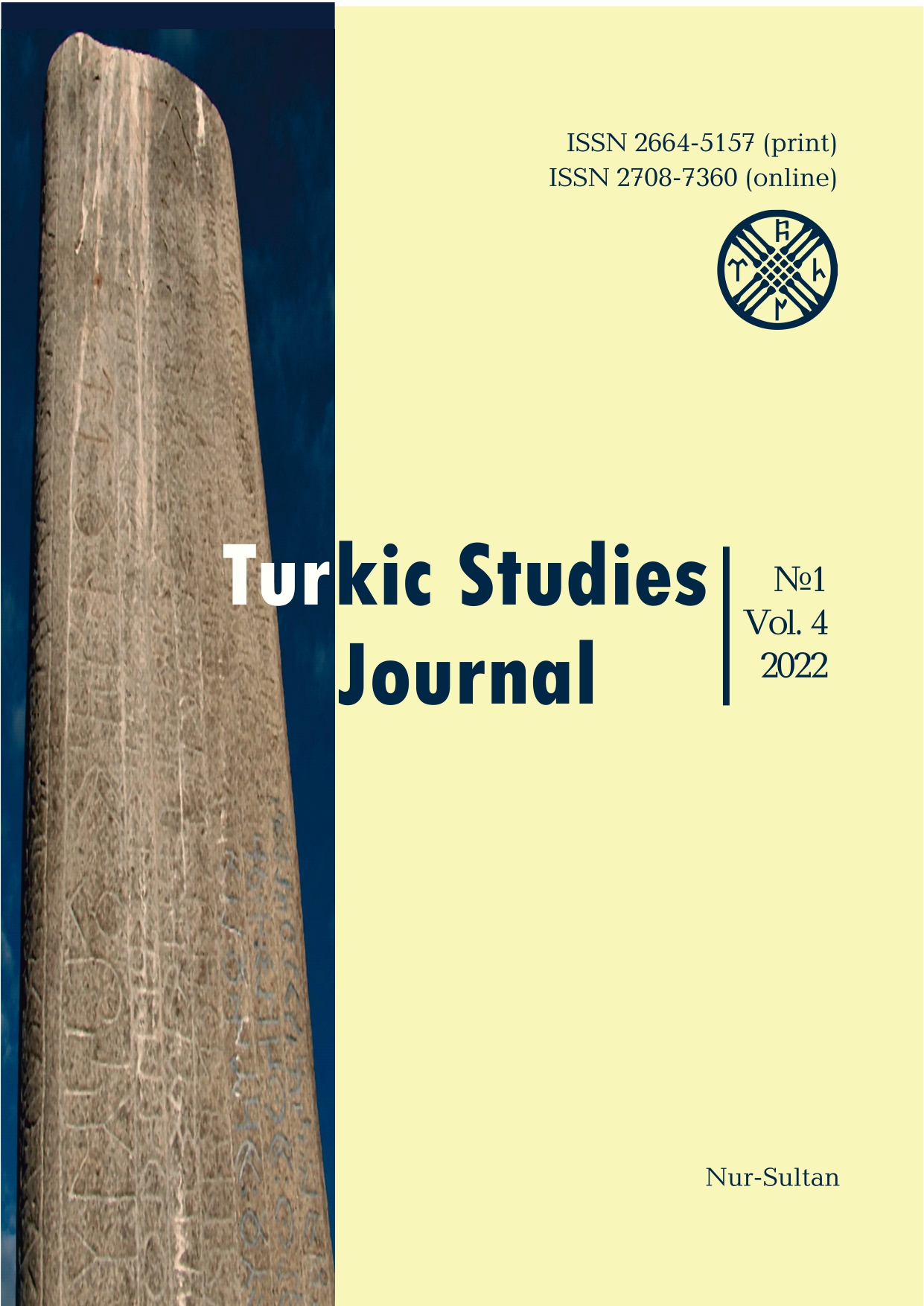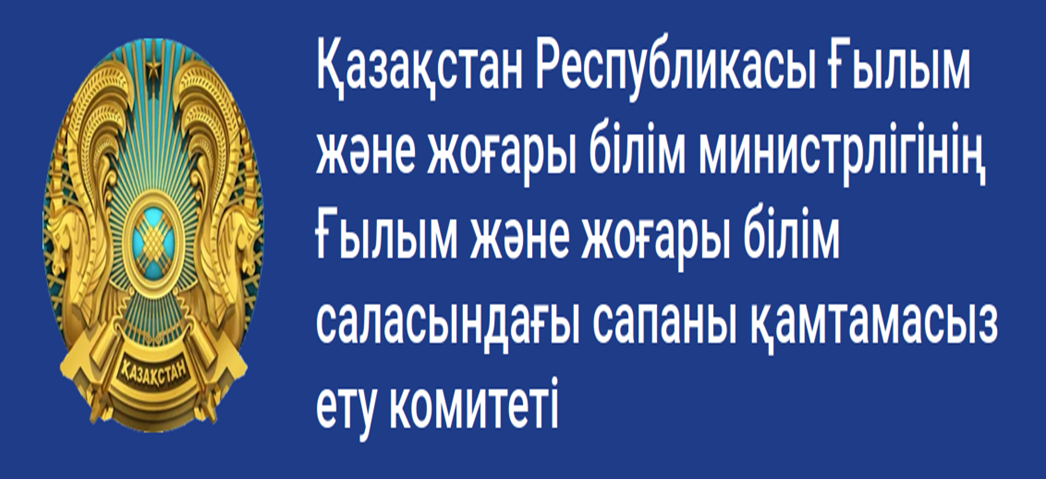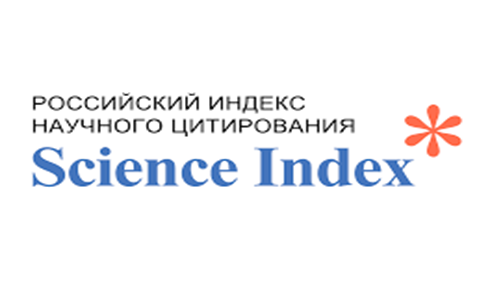The Many-faced Phoenix: issues regarding the vitality of the Turkic peoples’ shamanism
Views: 320 / PDF downloads: 733
DOI:
https://doi.org/10.32523/2664-5157-2022-1-7-24Keywords:
shamanism, healing practices, Turks, peoples of the North, Baksi, vitality, Karachai, Balkars, Kazakhs, TuviniansAbstract
The article proposes an interdisciplinary approach to the problem of shamanism, accumulating
cultural, sociological, philosophical and linguistic components of this phenomenon unique to human
civilization. The term shamanism refers to a combination of various healing, mystical-clairvoyant and
predictive practices of shamans (V.I. Kharitonova). The article analyzes the “decline” of shamanism of the
peoples of the North and Siberia of the Russian Federation, the cause of which was the loss of the usual way of life, traditional crafts, language and, as a consequence, the conceptual worldview. In the context
of the vitality and decline of shamanism, the practices of shamanism of the Turks-highlanders – Karachais,
Balkars and Steppe Turks – Kazakhs are studied. The first preserved the rudiments of this phenomenon
in some modern practices, rituals, dances and in everyday life. Shamanism of these Turkic peoples and
others is characterized by syncretism, “dual faith”, i.e. the combination of pagan, Tengrian traditions and
Islamic views. A particularly important role in Kazakh practices is played by faith in the spirits of ancestors
– aruaktar. Kazakh shamanism today has transformed mainly into healing practices that are widespread
everywhere, which indicates its higher vitality compared to the Karachay and Balkars. Trying to trace the
vitality of various ethnic shamanic practices, the authors focused on the primary sources, rather than on
their interpretation and criticism, so that the reader could get acquainted with a fairly representative set of
opinions of various researchers of shamanism and shamanic practices.


























